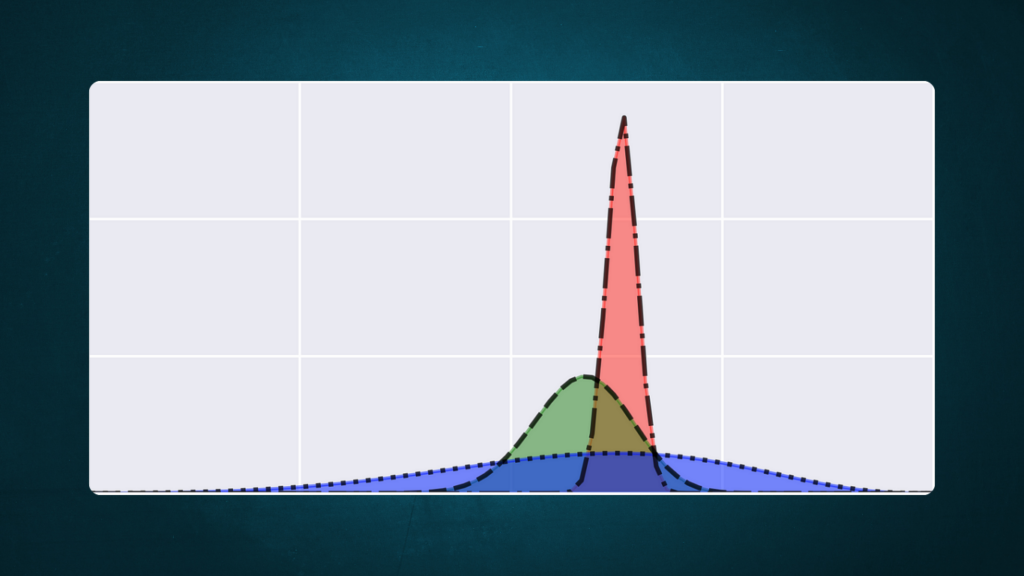
Researchers at the University of Surrey have developed an innovative computer simulation that models how neurons grow and connect in the brain, providing a deeper understanding of brain function. This new model not only aids in exploring neural development but could also have significant implications for neurodegenerative disease research and future stem cell studies aimed at regenerating brain tissue.
The core of this simulation is built on the BioDynaMo platform, an open-source software co-developed by Dr. Roman Bauer. This tool allows researchers to create, run, and visualize complex multi-dimensional agent-based simulations across various fields, including biology, sociology, and ecology. By utilizing BioDynaMo, scientists can more easily generate realistic models, speeding up scientific discovery in multiple disciplines.
To ensure the accuracy of the neuron growth simulation, the team used a technique known as Approximate Bayesian Computation (ABC). ABC allows for fine-tuning by comparing the simulated neuron growth patterns with real-world data, ensuring the model mimics actual neuron development and connections with precision.
Testing the model on neurons from the hippocampus—a brain region essential for memory formation—the researchers found that the simulation closely replicated the growth of real hippocampal neurons. This suggests that the system has the potential to simulate brain development in highly detailed ways, offering insights into how neurons grow and communicate.
However, the accuracy of this model is closely linked to the quality of the data used to calibrate it. Incomplete or limited neuron data could reduce the model’s precision, particularly when simulating different neuron types or other regions of the brain. As such, while the current simulation successfully modeled hippocampal pyramidal cells, further refinement is necessary to adapt it for other brain regions.
Dr. Roman Bauer, from the University of Surrey’s School of Computer Science and Electronic Engineering, highlighted the importance of this work: “The brain remains one of the greatest mysteries in science. With the help of this simulation and the rapid developments in artificial intelligence, we are taking crucial steps toward understanding how neurons grow and interact. We believe that one day this could lead to improved treatments for neurodegenerative diseases like Alzheimer’s and Parkinson’s, offering hope to millions of people.”

Despite the challenges, this simulation represents a leap forward in neuroscience, providing not just a window into the brain’s workings, but also a powerful tool that could eventually contribute to stem cell research and brain tissue regeneration. As this model evolves, its potential applications may continue to expand, bringing us closer to breakthroughs in treating and understanding brain-related conditions.

Subtly charming pop culture geek. Amateur analyst. Freelance tv buff. Coffee lover
